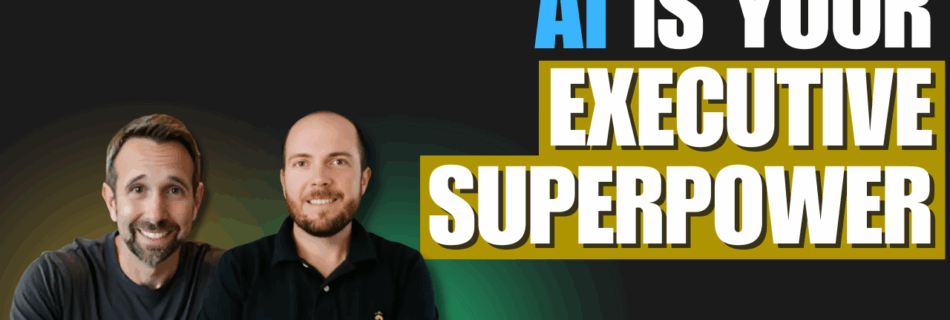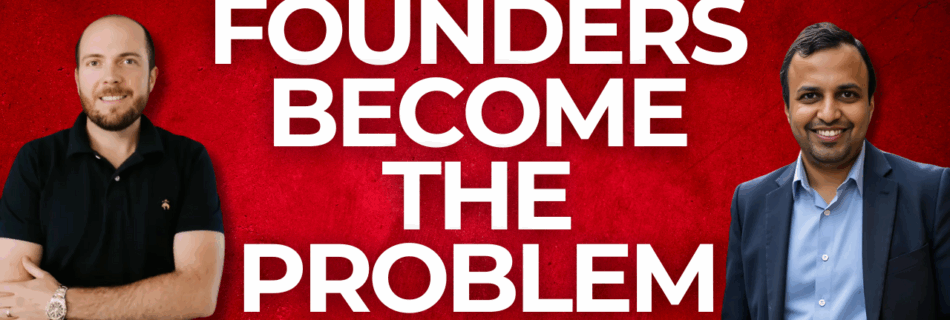Want to Scale Smarter? Start With Your Metabolism
Want to Scale Smarter? Start With Your Metabolism If you’re constantly chasing more productivity, clearer thinking, and stronger leadership—your calendar isn’t the first place to look. It’s your metabolism. On the Scale Smart, Grow Fast podcast, fitness and performance coach Nate Palmer dropped a game-changing truth: your energy is your greatest scaling tool. And it’s …
Read more “Want to Scale Smarter? Start With Your Metabolism”










